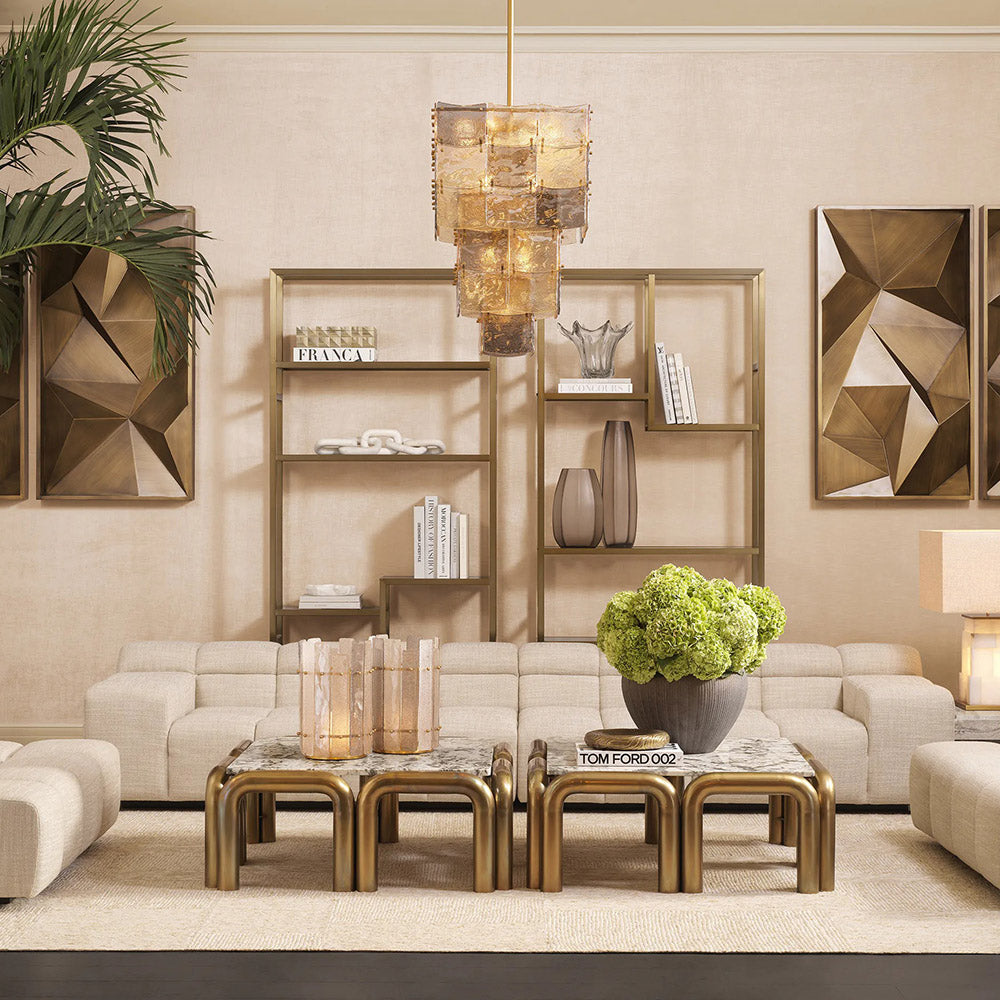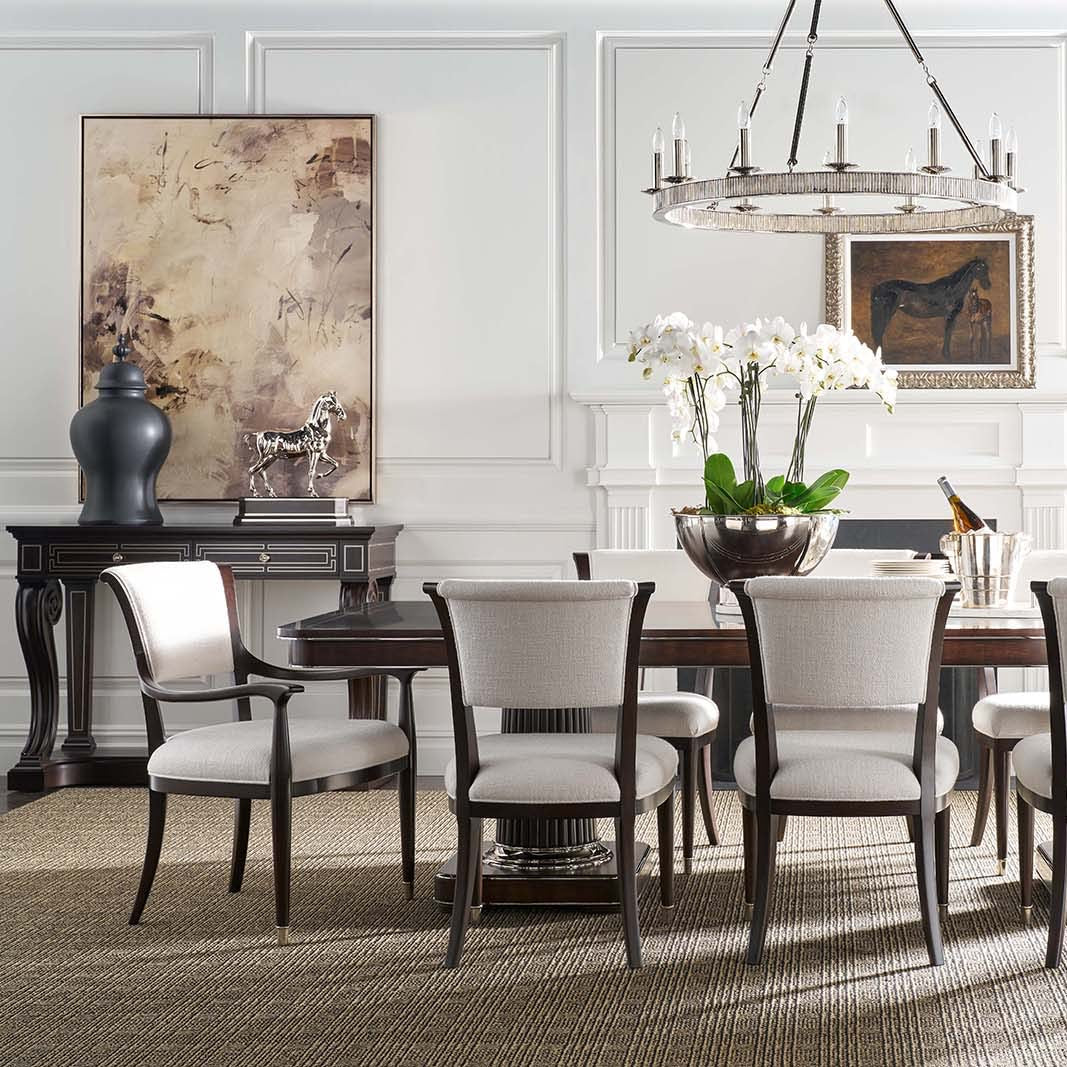Efficient Furniture Layout: Enhancing Functionality and Flow in Your Space
Are you struggling to optimize the functionality and flow of your living space? Do you find it challenging to arrange your furniture in a way that maximizes both comfort and efficiency? If so, you've come to the right place. In this blog post, we will explore the concept of efficient furniture layout and how it can transform your space into a harmonious and functional environment.
Many homeowners and renters often find themselves grappling with the challenge of arranging furniture in a way that not only looks visually appealing but also enhances the overall functionality of their space. Poor furniture placement can lead to cramped areas, obstructed pathways, and a general sense of disarray. However, with a thoughtful and strategic approach to furniture layout, you can significantly improve the flow and functionality of your living areas.
By reading this blog post, you will gain valuable insights into the principles and techniques of efficient furniture layout. Whether you're working with a small apartment, a spacious house, or an office space, the tips and strategies shared here will help you make the most out of your available square footage. By understanding how to arrange furniture in a way that optimizes both form and function, you will create a space that not only looks visually appealing but also feels comfortable and inviting.
So, if you're ready to enhance the functionality and flow of your space through efficient furniture layout, let's dive in and discover the transformative power of strategic arrangement. Get ready to unlock the full potential of your living environment and experience the benefits of a well-designed and harmonious space.
1. Assess and Measure Your Space
When it comes to efficient furniture layout, one of the fundamental steps is to assess and measure your space accurately. Before you embark on arranging your furniture, taking the time to understand the dimensions and limitations of the area is essential. By doing so, you can make informed decisions and create a layout that optimizes both functionality and aesthetics.
To begin, start by measuring the dimensions of the room. Take note of the length, width, and height of the space, as well as any unique architectural features such as alcoves or recessed areas. By having precise measurements, you can determine the appropriate scale of furniture that will fit comfortably within the room. Moreover, it allows you to identify any potential constraints or limitations that might influence your furniture placement.
In addition to measuring the overall dimensions, it's important to take into account other elements that impact furniture arrangement. Measure the width and height of doorways, as well as the positions and sizes of windows. These measurements are crucial for ensuring that you can navigate furniture through doorways and that windows are not obstructed by the placement of bulky items. By considering these details, you can avoid any unnecessary challenges or limitations during the furniture arrangement process.
Accurate measurements serve as a valuable guide when selecting furniture pieces that are proportionate to your space. By knowing the precise dimensions, you can avoid purchasing items that are either too large, leaving the room feeling cramped, or too small, making the space appear sparse and underutilized. Additionally, having a clear understanding of the dimensions enables you to plan the layout strategically, optimizing the available space and ensuring a harmonious arrangement.
2. Define the Purpose and Traffic Flow
In order to achieve efficient furniture layout, it is crucial to define the purpose of each area within your space and establish a logical traffic flow. By doing so, you ensure that your furniture arrangement aligns with the intended function of the room, creating a harmonious and practical living environment.
To begin, consider the primary activities that will take place in the room. Is it primarily a space for lounging and relaxation, or is it a multifunctional area that accommodates both work and leisure? Understanding the main purpose of the room will guide your furniture selection and arrangement. For example, if it is a living room designed for socializing and entertaining, you might focus on creating comfortable seating arrangements and arranging furniture to encourage conversation.
Once you have determined the purpose of the room, it is important to identify the focal point. This could be a fireplace, a large window with a beautiful view, or a television. The focal point serves as the anchor for your furniture arrangement, as it helps create a visual hierarchy and provides a sense of direction. Arrange your furniture in a way that complements and emphasizes the focal point, ensuring that it remains the center of attention within the room.
In addition to defining the purpose and focal point, consider the flow of traffic within the space. Identify the main
pathways that people will use to move around the room, and ensure that there is enough room for comfortable movement without obstruction. Avoid placing furniture in a way that creates bottlenecks or hinders the natural flow of foot traffic. By allowing for smooth and unobstructed movement, you enhance the functionality and usability of the space.
3. Group Furniture for Functionality
Grouping furniture based on functionality is a key aspect of efficient furniture layout as it helps create dedicated zones and enhances the overall usability of your space. By dividing the room into distinct functional areas and arranging furniture accordingly, you can optimize each area to serve its intended purpose effectively.
To begin, consider the activities that will take place in the room and identify the different functional areas that need to be accommodated. For example, you may want to create a comfortable seating area for relaxation, a designated dining area for meals, and a workspace for productivity. By defining these functional zones, you can allocate specific areas of the room to each purpose, ensuring that they remain separate yet cohesive.
Once you have determined the functional areas, arrange the furniture pieces within each zone in a way that facilitates easy access and promotes interaction. For instance, in the seating area, position sofas and chairs in a way that encourages conversation and creates an inviting atmosphere. In the dining area, place the dining table and chairs in a convenient location with ample space for movement and comfortable seating.
When grouping furniture, consider the relationships between different items and arrange them in a way that fosters conversation and socialization. For example, arrange seating options to face each other to encourage interaction, or position chairs around a coffee table for a cozy and inviting gathering space. By thoughtfully arranging furniture within each functional zone, you create an environment that supports the intended activities and promotes a sense of unity within the room.
4. Consider Proportions and Balance
Achieving visual harmony in your furniture layout is crucial for creating a cohesive and aesthetically pleasing space. One of the key factors to consider in this regard is the proportions and balance of the room. By paying attention to the size and scale of furniture pieces relative to the space, you can ensure that they complement each other and create a visually balanced arrangement.
When considering proportions, it is important to avoid overcrowding or leaving too much empty space in the room. An overcrowded space can feel cramped and uncomfortable, while too much empty space can make the room appear sparse and underutilized. Striking the right balance is essential for a visually pleasing result.
To achieve balance, it is helpful to distribute the visual weight evenly throughout the room. Visual weight refers to how heavy or prominent an object appears in a space. For instance, a large sofa may have more visual weight than a small side table. To create balance, you can pair a large furniture piece with smaller ones or arrange furniture in a way that balances out the visual weight. For example, you can position a large sofa with two smaller armchairs on either side to create a visually balanced seating arrangement.
Another aspect to consider is the scale of furniture in relation to the room. A large room can accommodate larger furniture pieces, while a small room may require more compact furniture to prevent it from feeling overwhelmed. By selecting furniture
that is proportionate to the room, you create a harmonious and well-balanced space.
Additionally, you can consider the overall style and aesthetic of your furniture pieces when aiming for visual harmony. Choosing furniture with complementary styles, colors, and materials can contribute to a cohesive overall look. By ensuring that your furniture pieces work together harmoniously, you enhance the visual appeal and create a unified atmosphere in the room.
5. Experiment and Adjust
Furniture layout is a dynamic process that often requires experimentation and adjustment to find the perfect arrangement that suits your space and personal preferences. While there are guidelines to follow, it's important to remember that there is no one-size-fits-all approach. Your room is unique, and your furniture arrangement should reflect that.
Once you have considered the dimensions, purpose, and functionality of your space, it's time to dive into the exciting phase of experimenting with different furniture placements and configurations. Don't be afraid to think outside the box and try unconventional arrangements. Moving items around, trying different angles, and exploring various setups can provide valuable insights into what works best for your room.
As you experiment with different arrangements, pay close attention to how each configuration affects the functionality and flow of the room. Assess how well the furniture serves its intended purpose within each arrangement. Consider factors such as ease of movement, accessibility, and overall comfort. Take note of the positives and negatives of each arrangement, as these observations will guide you in making necessary adjustments.
It's important to remember that the first arrangement you try may not be the perfect fit. Be open to making adjustments as you go along. Flexibility is key during this process. If you find that a certain furniture placement hinders the flow of the room or doesn't feel quite right, don't hesitate to make changes. Trust your instincts and make adjustments that align with your needs and preferences.
Keep experimenting and adjusting until you achieve an arrangement that meets your needs and enhances the functionality and aesthetics of your space. Each adjustment brings you closer to finding the ideal layout for your room. By embracing the process of experimentation and staying open to adjustments, you can create a furniture arrangement that not only optimizes the functionality and flow of your space but also reflects your unique style and personal taste.
In conclusion, efficient furniture layout is essential for optimizing the functionality and flow of your space. By following the steps outlined in this guide, you can transform your room into a well-organized and visually appealing environment that maximizes its potential. Start by accurately assessing and measuring your space, then define the purpose of each area and establish a logical traffic flow. Group furniture based on functionality and consider proportions and balance to achieve visual harmony. Implementing these principles will create a harmonious and practical living space that meets your specific needs. Take action by applying the knowledge you've gained, experiment with different furniture placements, and make necessary adjustments. Embrace the dynamic nature of the process and enjoy the benefits of a well-organized and functional room that enhances your daily life. Now is the time to take charge and create the living environment you've always envisioned.











Leave a comment